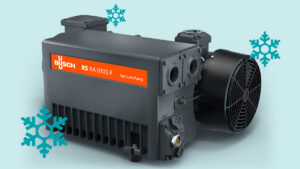General Industrial Controller
WALCHEM CORPORATION, announces the availability of PEEK electrodeless conductivity sensors with built-in signal conditioning to provide compatibility with Walchem's WGI controller.
Four ranges of conductivity are offered and all PEEK sensors are rated to 190° F.
Key applications for these higher temperature rated, chemically inert sensors include hot alkaline cleaner solutions and hot, oily chemical solutions, especially for customers that provide chemicals for pre-treatment of metals prior to painting.
The PEEK sensors have built-in signal conditioning, providing compatibility with WGI. Four ranges of conductivity are offered: 0.1 to 1 mS/cm, 1 to 10 mS/cm, 10 to 100 mS/cm, and 100 to 1000 mS/cm. All sensors are rated to 190° F. PEEK sensors are supplied with 1: NPTM threads for submersion mounting and stainless steel 2" NPTM in-line adapters are available separately. In addition to the new PEEK sensors, Walchem has released a 0.1 to 1 mS/cm version of the CPVC electrodeless conductivity sensor which is rated to 158° F.
Source: Walchem, Iwaki America, Inc.







